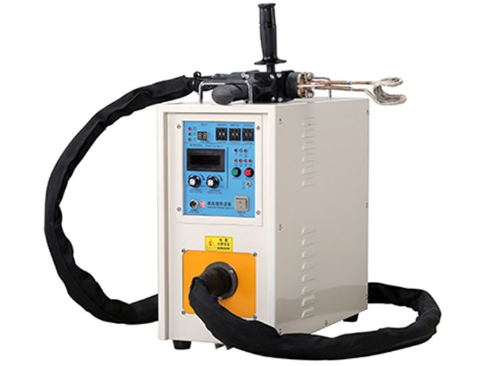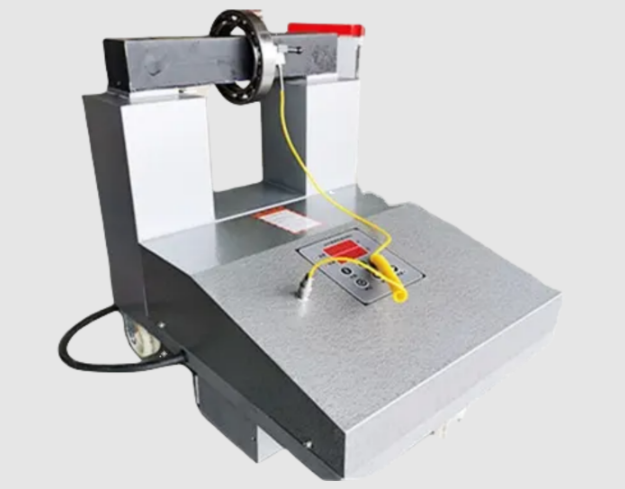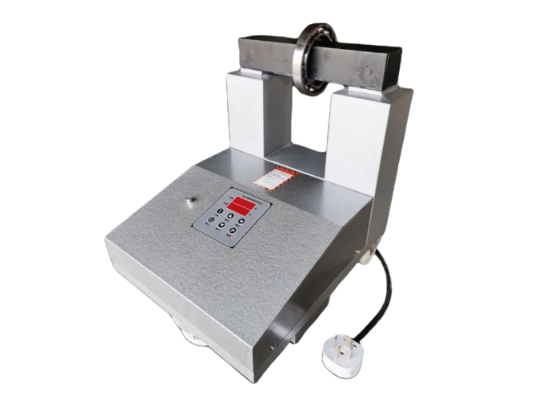Induction heating is a clean, energy-efficient, and highly controllable method of heating electrically conductive materials. It is widely used in industrial applications such as metal hardening, brazing, forging, and heat treating due to its speed and precision. This article provides a comprehensive overview of the induction heating process and explores its major advantages across various sectors.
What Is Induction Heating?
Induction heating is a non-contact process that uses electromagnetic fields to heat conductive materials. When alternating current flows through a coil, it generates a magnetic field that induces eddy currents in the workpiece. These eddy currents create localized heat due to the material’s resistance to the electric flow. As a result, heat is produced directly inside the part without any physical flame or element contact.
The depth and intensity of heating depend on the frequency of the current, the material’s properties, and the coil design. Lower frequencies penetrate deeper, while higher frequencies provide more surface-level heating.

Key Components of an Induction Heating System
Power Supply: Generates the alternating current at the desired frequency.
Work Coil (Inductor): Shaped to focus the magnetic field on the part to be heated.
Workpiece: The electrically conductive material that will be heated.
Cooling System: Often required to cool the coil and other components during operation.
These systems can be customized to suit specific heating profiles and material requirements, making them ideal for precision applications.
Applications of Induction Heating
Induction heating is used in numerous industrial processes, including:
Hardening and Tempering: Improving surface hardness of gears, shafts, and tools.
Brazing and Soldering: Creating strong joints between metal components.
Shrink Fitting: Heating a metal part to expand and fit over another before cooling.
Annealing: Softening metals for improved ductility and workability.
Melting and Forging: Used in metal casting and shaping processes.
Benefits of Induction Heating
1. Energy Efficiency
Induction heating delivers power directly to the part without wasting energy in the surrounding environment. This results in energy savings of 30% or more compared to traditional heating methods.
2. Speed and Precision
Heating begins instantly once power is applied, enabling rapid cycle times. The process is highly controllable, allowing for consistent, repeatable results and minimal material distortion.
3. Clean and Safe Operation
There are no open flames or harmful emissions. This makes induction heating safer for operators and suitable for cleanroom environments.
4. Reduced Maintenance
With fewer moving parts and no combustion, induction heating systems require less maintenance and have a longer operational life.
Why Choose Induction Heating?
Businesses seeking to improve production efficiency, reduce energy costs, and maintain high product quality should consider adopting induction heating technologies. Whether you're treating automotive components or joining electrical connectors, this process provides a high-performance solution with a fast return on investment.
Conclusion
Induction heating is a modern, flexible, and eco-friendly solution for industrial thermal processing. Its advantages in speed, efficiency, and control make it a preferred choice across a range of manufacturing and metallurgical applications. As more industries aim for sustainable and scalable operations, induction heating continues to prove its value as a future-ready technology.






